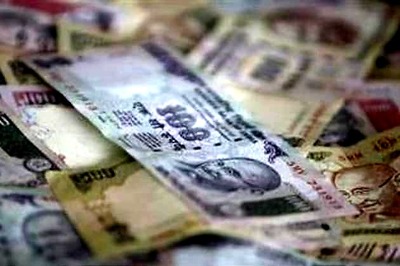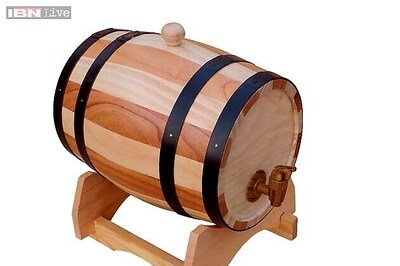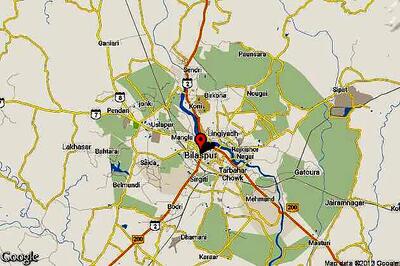MANGALORE: Alarm bells begun tolling when waterlevel dipped in one of the three borewells sunk eight years ago to meet the water ..
MANGALORE: Alarm bells begun tolling when waterlevel dipped in one of the three borewells sunk eight years ago to meet the water needs of Kedimaru Krishna Bhat's 20 acre farm at Idkidu village, in Bantwal taluk.
Conventionally farmers have the pipe extended or the borewell sunk further in order to draw more water comfortably. However, in total disregard to the convention, Krishna Bhat had a huge 'recharge pit' of 40 ft wide and 10 ft depth dug at a higher elevation in his farm. His faith in rain water harvesting (RWH) concept to charge groundwater aquifers was 'reinforced' when he discovered water in borewell turned muddy in colour within a week of monsoon. The borewell crisis is not the making of Bhat alone, in fact the entire village was caught offguard when waterlevels dipped.
Way back in 2001, under the guidance of water conservation activist Shree Padre, Idkidu experimented with hundreds of community and household rain harvesting systems and reaped a huge success. There was no looking back for Idkidu when its RWH systems started attracting a steady stream of visitors.Reality today"I was shocked when told about the crisis in first ever waterliterate village,'' Padre reveals. Exactly a decade later, village elders initiated a random survey of 1,700 houses in June, to get to the bottom of water problems. The findings of survey (see box) narrowed down to erratic usage of water as the main culprit. Sharing the findings with Padre and Geologist from Manipal Institute of Technology (MIT) Narayan Shenoy, strategies were redrawn to tackle the crisis at a workshop convened in Idkidu in June. "In our second innings, we will educate erratic users to minimise dependency on borewells,'' Dr Bhat said."It is this virtue which makes Idkidu village forever a model village,'' he emphasises.Best Model for Sustainable FarmingKedimaru Krishna Bhat’s 20 acre farm in Idkidu village is perhaps the best model for ‘sustainable farming.’ Krishna Bhat is adopting over a dozen environment-friendly RWH systems which ensure reduced erosion and storm-water runoff. Controlling storm-water run off with rainwater harvesting systems also ensures quality of watersheds. He has built a huge recharge pit of 20 feet depth in order to promote percolation of water.Outer periphery of roads within his farm is slightly elevated to prevent storm-water run off and soil erosion. He has applied the same principle while planting 900 rubber saplings on a reclining slope. The trenches dug on one side of the pits has bunds at regular intervals to help water gradually seep into ground.His father Late Narasimha Bhat, without relying on borewell, used to draw water from natural springs. These springs are still in Krishna Bhat’s farm which is an eloquent proof of the environmental-friendly practices. Bhat also has built a pond to ensure rainwater charges groundwater aquifers through a borewell.“The borewell is now over 15 years old and water level at 165 ft has remained constant since 15 years,” Krishna Bhat informs and adds that besides growing grass to retain water he allows his two cows to graze within his farm. Not only Bhat has benefited from RWH systems, his neighbours like Seetharam Bhat also have been benefited. The most heartwarming aspect is that his two sons Shivaprasanna and Prashant have followed in their father’s footsteps to take up sustainable agriculture as a livelihood.





















Comments
0 comment